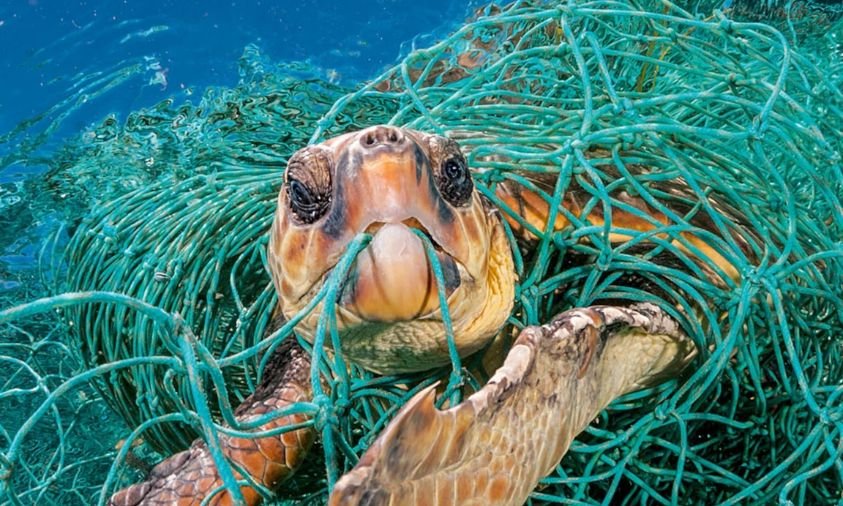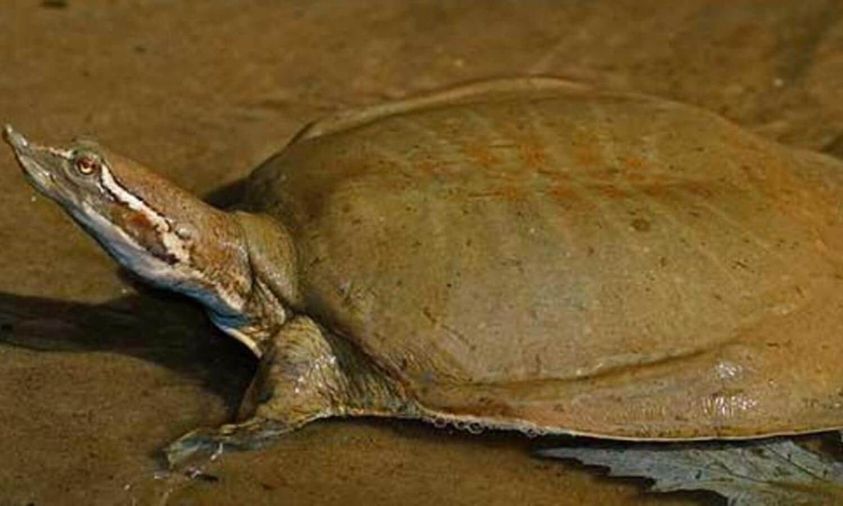This year on May 23, 2023, the world celebrates the 24th World Turtle Day. The celebration of World Turtle Day was initiated by the non-profit American Tortoise Rescue organisation in the year 2000, founded in Malibu, California in 1990 by Susan Tellem and Marshall Thompson
This day raises awareness of the several difficulties turtles and tortoises face and how their survival is threatened by human activities. The theme for this year is ‘I Love Turtles,’ emphasising the critical need to conserve these species and their future.
It encourages people, government and law enforcement agencies to take action to protect them and their habitats and stop their illegal trade. Approximately 61 per cent of the world’s 356 turtle species are threatened or already extinct, and the decline could have ecological consequences, reports Science Daily.
All this brings us to a question regarding why they deserve a distinct awareness day, unlike many other endangered animals. Firstly, they are one of the oldest reptiles on earth. Sea turtles have been around since dinosaurs roamed the earth, more than 100 million years according to UNEP.
Moreover, they are vital for marine ecosystems. Firstly, green Turtles graze on seagrass aiding in maintaining healthy levels of seagrass beds, preventing overgrown seagrass from blocking light and increasing the rate of decomposition and decomposers in the ecosystem. Additionally, “hawksbill turtles feeding on sea sponges allow corals to flourish in reefs. Both seagrass beds and coral reefs provide important food and habitat for other marine species, including fish and shellfish and protect coastlines during storms and cyclones” stated DownToEarth in its report. These turtles help maintain the balance of sea sponges and corals in the ecosystem and some turtles help maintain jellyfish populations.

Image soure
Secondly, according to BlackTurtleDive, “Sea Turtle eggs provide vital nutrients such as nitrogen, phosphorus and potassium that soak into the beach dune ecosystems. If the eggs do not hatch, even more nutrients will enter the food chain with plants absorbing some nutrients and others dispersed to small organisms that live in the sand and other herbivores. Sea Turtles are almost an ecosystem in themselves as they provide habitat to a large and diverse range of marine animals and form symbiotic relationships with a multitude of different species. The several species of barnacles (sticky crustaceans), algae and other epibionts (organisms that live on the surface of another living organism) on Sea Turtles provide a food source for small fish and shrimp that live on the reef.
Finally, some of the reasons behind the endangering of these fascinating creatures include climate change, illegal poaching and trading for their skin, eggs and meat. Other reasons include by-catch where they are accidentally caught by fishing nets and will not be able to surface (which they need to do regularly as they breathe air) and will choke to death. Moreover, coastal development has led to the destruction of their nesting habitats and more significantly, plastic pollution where microplastics cause rupture of organs and cause intestinal blockages leading to starvation and plastic straws which can get stuck in turtles’ nostrils or make their stomachs bloat when eaten as they mistake it for food.
To conclude, as Lloyd Biggle said “Life is life’s greatest gift. Guard the life of another creature as you would your own. On life’s scale of values, the smallest is no less precious to the creature who owns it than the largest.” Fortunately, several rescues and sanctuaries have emerged, acting as a symbol of hope and a bright future for these majestic and ancient creatures. We too must take simple actions like avoiding the usage of single-use plastics and limiting plastic usage because all creatures deserve to live a life free of fear and pain.
Featured image source

